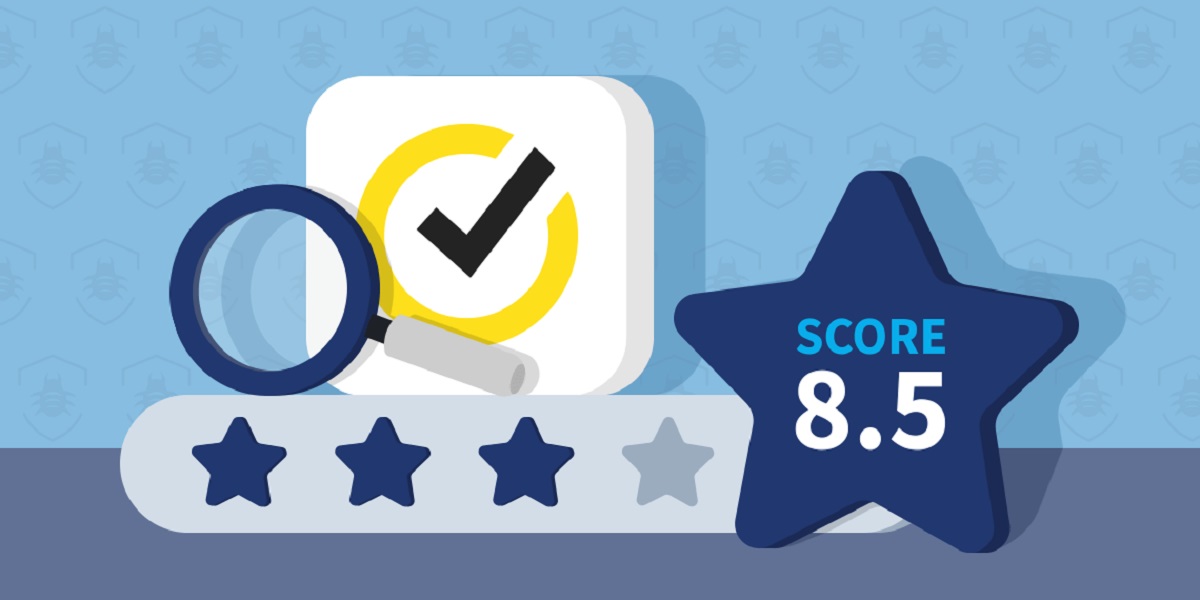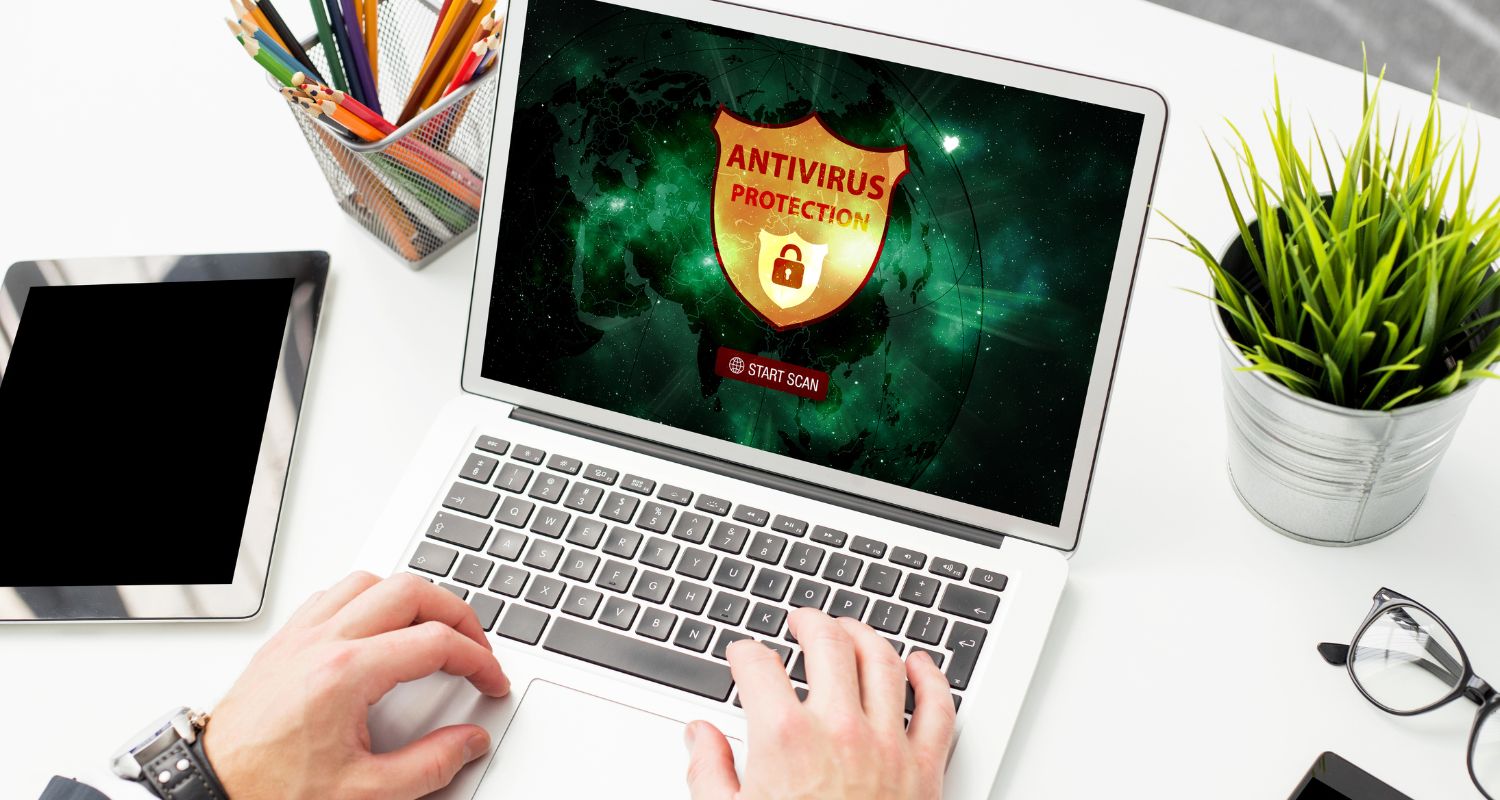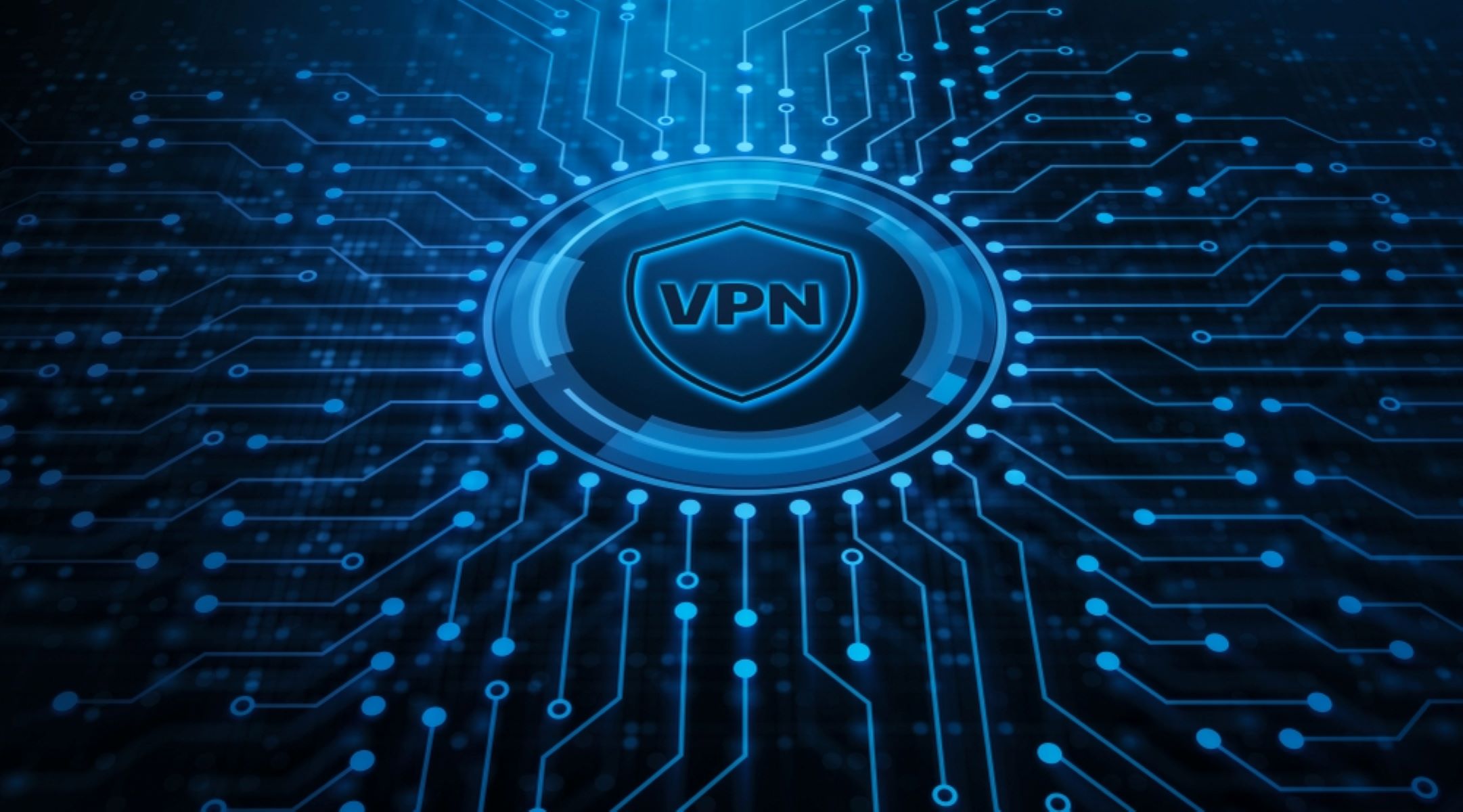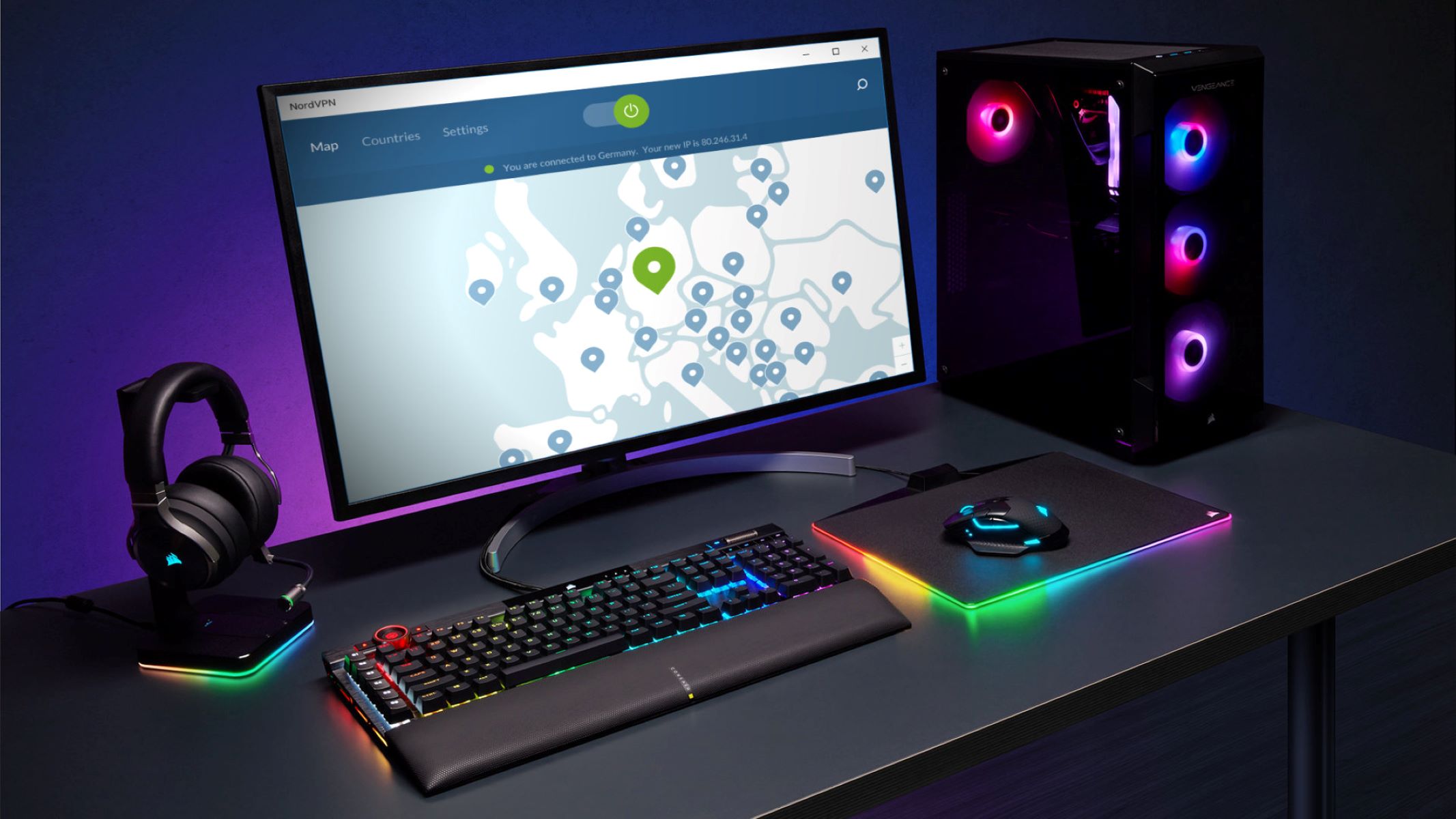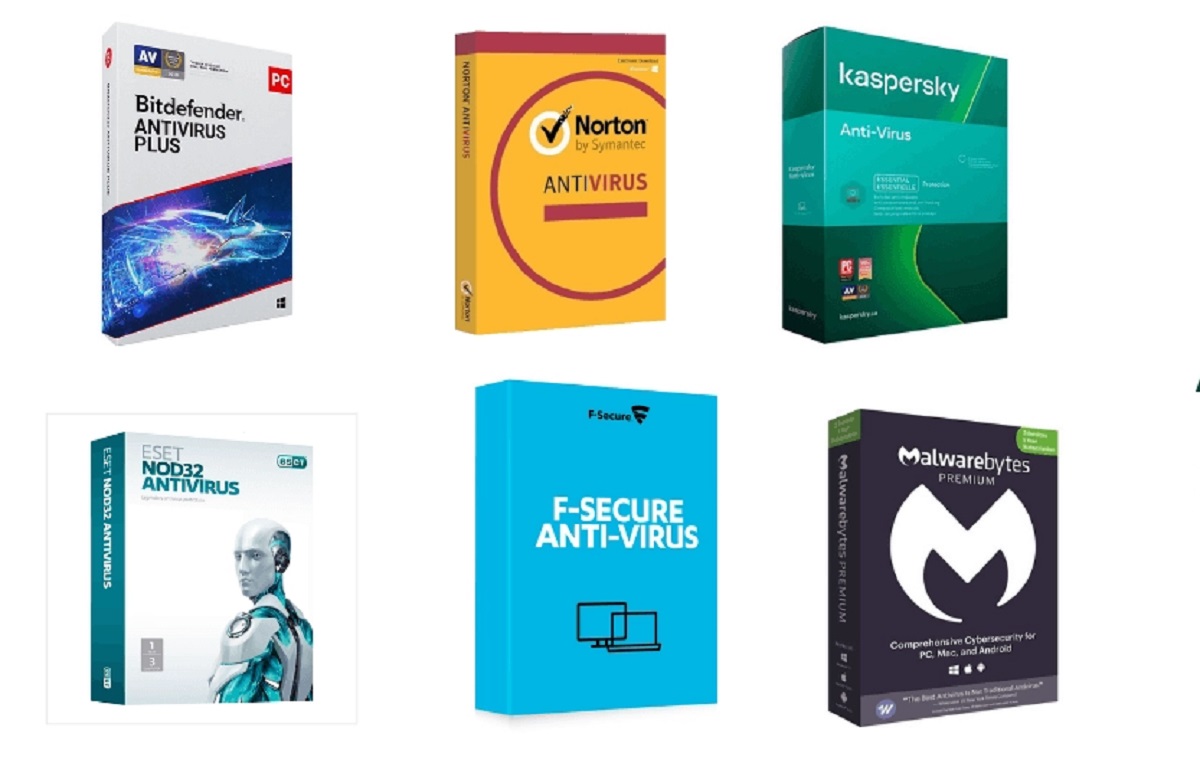Overview of Dark Web Monitoring
With the increasing prevalence of cybercrime, individuals and businesses are becoming more aware of the need to protect their sensitive information. One aspect of cybersecurity that has gained significant attention is dark web monitoring. The dark web refers to the hidden part of the internet that is not indexed by search engines and requires specialized software to access.
Dark web monitoring is the process of scanning the dark web for any instances of stolen personal information, such as login credentials, credit card numbers, or social security numbers. It aims to identify if any sensitive data has been compromised and is being traded or sold on the dark web.
The dark web is notorious for being a hub of illegal activities, such as the sale of stolen data, drugs, firearms, and even hacking services. By monitoring the dark web, individuals and businesses can be alert to potential threats and take proactive measures to safeguard their online identities and prevent any financial or reputational damage.
Dark web monitoring goes beyond conventional cybersecurity measures, such as antivirus software and firewalls, as it specifically focuses on the underground marketplaces and forums where cybercriminals operate. It provides an additional layer of security by proactively searching for compromised information and notifying users if their data is at risk.
While it is not possible to completely eliminate the risk of personal information being exposed on the dark web, monitoring services like Norton Dark Web Monitoring can help minimize the impact of such breaches. By providing real-time alerts and comprehensive reports, these services allow individuals and businesses to take appropriate action promptly.
In the following sections, we will delve deeper into the importance of dark web monitoring, how it works, and the benefits of utilizing services like Norton Dark Web Monitoring to ensure your online security.
What is the Dark Web?
The dark web is a part of the internet that is intentionally hidden and inaccessible to conventional search engines. It operates on networks, such as Tor or I2P, which anonymize users and obfuscate their activities. Unlike the surface web, which most people are familiar with, the dark web is not indexed and cannot be easily accessed through mainstream browsers.
Within the dark web, there are various hidden websites and online marketplaces that facilitate illegal activities, such as drug trafficking, hacking services, counterfeit passports, and stolen data. Criminals utilize cryptocurrencies like Bitcoin for transactions to maintain their anonymity.
One key distinction between the dark web and the surface web is that access to dark web content requires specialized software like the Tor browser. This browser routes internet traffic through a complex network of relays, making it challenging to trace the user’s identity and location. This hidden nature of the dark web creates a haven for criminals to carry out illicit activities without being easily detected by law enforcement agencies.
It is important to note that not everything on the dark web is inherently illegal. While it has gained a reputation for criminal activities, there are also legitimate uses for the dark web, such as bypassing censorship in oppressive regimes, anonymous communication, and hosting websites that prioritize privacy.
However, the dark web’s illicit activities pose a significant threat to individuals and businesses. Personal information, such as login credentials, financial data, and even complete identities, can be bought and sold on underground marketplaces. This makes it crucial for individuals and organizations to be aware of the dark web, understand its risks, and take proactive steps to protect their sensitive information.
In the next section, we will explore the concept of dark web monitoring and how it helps in mitigating the risks associated with the dark web.
Understanding Dark Web Monitoring
Dark web monitoring is a proactive approach to cybersecurity that involves scanning the dark web for any signs of compromised personal information. It aims to identify instances where your data might have been exposed and is being traded or sold on the dark web. By constantly monitoring these underground marketplaces and forums, dark web monitoring services can help individuals and businesses stay one step ahead of cybercriminals.
Dark web monitoring typically involves using specialized software and algorithms to scan the dark web for specific keywords, identifiers, or patterns associated with stolen data. This includes login credentials, credit card numbers, social security numbers, and other personally identifiable information. Additionally, it may also search for mentions of your organization or brand to detect any potential reputation threats or data breaches.
When a potential data breach is discovered, dark web monitoring services notify the affected individuals or organizations, providing them with real-time alerts and comprehensive reports about the compromised data. This allows for prompt action to be taken, such as changing passwords, monitoring credit activity, or informing customers about the breach.
It is important to note that dark web monitoring should be seen as a complementary security measure, rather than a standalone solution. It works alongside other cybersecurity practices, such as strong passwords, secure browsing habits, and regular software updates. Dark web monitoring adds an extra layer of protection by actively monitoring the hidden corners of the internet where stolen data is traded, ensuring that individuals and businesses are aware of any potential threats to their online security.
By understanding the concept of dark web monitoring and how it operates, individuals and organizations can make informed decisions about incorporating this cybersecurity practice into their overall security strategy. In the next section, we will explore why dark web monitoring is important and the potential risks of neglecting this aspect of cybersecurity.
Why is Dark Web Monitoring important?
In today’s digital landscape, dark web monitoring is increasingly important in the fight against cybercrime. Here are several reasons why dark web monitoring should be a vital part of your cybersecurity strategy:
1. Proactive threat detection: Dark web monitoring allows you to stay ahead of cybercriminals by detecting compromised information before it can be used maliciously. By continuously scanning the dark web for stolen data, you can identify potential risks and take appropriate action to mitigate them.
2. Early breach detection: Through dark web monitoring, you can be alerted to data breaches as soon as they occur. This early detection enables you to respond quickly and prevent further damage, such as unauthorized access or financial loss.
3. Protection against identity theft: Personal information, such as social security numbers and credit card details, are highly sought after on the dark web. Dark web monitoring helps you identify if your sensitive data has been compromised, allowing you to take immediate steps to protect yourself from identity theft.
4. Safeguarding reputational damage: A data breach can have severe consequences for individuals and businesses. By monitoring the dark web, you can detect any mentions or plans to target your organization, allowing you to mitigate the potential reputational damage and take necessary measures to protect your brand image.
5. Compliance with data protection regulations: Many industries have strict regulations regarding data privacy and protection. Dark web monitoring can help you adhere to these regulations by actively monitoring for any unauthorized exposure of sensitive information.
6. Enhanced cybersecurity posture: By incorporating dark web monitoring into your cybersecurity strategy, you are proactively protecting your online assets and reducing vulnerabilities. It adds an extra layer of defense, ensuring that your personal or business information remains secure.
7. Peace of mind: Dark web monitoring allows you to have peace of mind, knowing that your data is being actively monitored for potential risks. It helps you stay informed and empowers you to take the necessary steps to protect yourself against cyber threats.
By understanding the importance of dark web monitoring, you can make informed decisions about implementing this proactive security measure into your cybersecurity practices. The next section will delve into how dark web monitoring works and the various methods utilized to scan the dark web for compromised information.
How does Dark Web Monitoring work?
Dark web monitoring employs sophisticated techniques and methodologies to scan the dark web for compromised data. Here’s an overview of how dark web monitoring works:
1. Data scanning: Dark web monitoring services utilize specialized software and algorithms to scan the dark web for specific keywords, patterns, or identifiers associated with stolen data. These could include personal information like social security numbers, credit card details, or login credentials.
2. Dark web marketplaces and forums monitoring: Dark web monitoring services keep an eye on underground marketplaces, forums, and other platforms where cybercriminals trade and sell stolen information. They search for any mentions or listings related to compromised data associated with their subscribed users.
3. Deep web crawling: The dark web is a part of the larger deep web, which includes websites that are not indexed by search engines. Dark web monitoring services utilize techniques to crawl the deep web and identify potential sources of compromised data, including hidden websites and forums.
4. Advanced analytics and machine learning: Dark web monitoring services leverage advanced analytics and machine learning algorithms to analyze collected data. This helps in identifying patterns, trends, and potential risks to provide more accurate alerts and actionable insights.
5. Real-time alerts and comprehensive reports: When compromised data is detected on the dark web, dark web monitoring services provide real-time alerts to the affected users. These alerts notify individuals or businesses about the specific data at risk, enabling them to take immediate action to secure their information. Additionally, comprehensive reports are generated to provide a detailed overview of the data breach and potential impact.
6. Integration with other security tools: Dark web monitoring services often integrate with other cybersecurity tools and services, such as password managers or identity theft protection, to provide a comprehensive security solution. This integration enables users to take necessary actions, such as changing passwords or setting up additional security measures, directly from the dark web monitoring platform.
Overall, dark web monitoring works by continuously scanning the dark web, monitoring underground marketplaces and forums, and leveraging advanced analytics to detect and alert users about compromised information. By utilizing these methods, dark web monitoring services help individuals and organizations stay vigilant and take proactive measures to protect their sensitive data.
Benefits of Dark Web Monitoring
Dark web monitoring offers several key benefits that contribute to a robust cybersecurity strategy. Here are some of the advantages of utilizing dark web monitoring services:
1. Early detection of data breaches: Dark web monitoring allows for the early detection of data breaches. By actively scanning the dark web for compromised information, individuals and businesses can quickly identify if their data has been exposed and take immediate action to minimize the potential damage.
2. Proactive protection against identity theft: Monitoring the dark web helps individuals protect themselves against identity theft. By monitoring for stolen personal information, dark web monitoring services can alert users if their sensitive data, such as social security numbers or credit card details, is being bought or sold on the black market.
3. Enhanced reputation management: Dark web monitoring enables businesses to safeguard their reputation. By monitoring for any mentions of their brand or company on the dark web, organizations can proactively address any potential reputation threats or data breaches, minimizing reputational damage and maintaining trust with their customers.
4. Reduction in financial losses: Detecting and mitigating data breaches early can help individuals and businesses minimize financial losses. Proactive dark web monitoring allows users to take immediate action, such as changing passwords or canceling compromised credit cards, reducing the risk of financial fraud.
5. Compliance with data protection regulations: Many industries have strict data protection regulations, such as GDPR or HIPAA. Dark web monitoring helps organizations in adhering to these regulations by actively monitoring for any unauthorized exposure of sensitive customer data. This ensures compliance and avoids potential legal and financial consequences.
6. Continuous monitoring and alerts: Dark web monitoring services provide continuous monitoring of the dark web and offer real-time alerts when compromised data is detected. This allows users to stay informed and take immediate action to protect their personal or business information.
7. Peace of mind: Knowing that your sensitive information is being actively monitored can provide peace of mind. Dark web monitoring allows individuals and organizations to be proactive in protecting their online assets, reducing the worry of potential data breaches or identity theft.
Incorporating dark web monitoring into your cybersecurity strategy can significantly enhance your overall protection against threats originating from the dark web. The next section will explore the features of Norton Dark Web Monitoring, a popular dark web monitoring service.
Features of Norton Dark Web Monitoring
Norton Dark Web Monitoring provides a comprehensive set of features to help individuals and businesses identify and mitigate the risks associated with the dark web. Here are some notable features of Norton Dark Web Monitoring:
1. Continuous Dark Web Monitoring: Norton continually scans the dark web, monitoring underground marketplaces, forums, and other platforms to detect any signs of compromised personal information. This ensures proactive protection by identifying potential threats in real-time.
2. Real-Time Alerts: Norton Dark Web Monitoring sends users real-time alerts when their personal information is found on the dark web. These alerts provide immediate notification of any potential data breaches, allowing users to take prompt action to secure their information.
3. Comprehensive Reports: Norton generates detailed reports that provide in-depth insights into data breaches and compromised personal information. These reports help users understand the extent of the breach and the potential risks involved, empowering them to take appropriate actions to mitigate further damage.
4. Broad Monitoring Scope: Norton Dark Web Monitoring scans a wide range of data points to provide comprehensive protection. It monitors for compromised login credentials, banking information, social security numbers, credit card details, and more, ensuring that users are alerted to various types of sensitive data exposures.
5. Dark Web Surveillance: Norton employs advanced technology and methodologies to conduct surveillance on the dark web. It searches for keywords, patterns, and identifiers associated with stolen data, enabling it to identify compromised information effectively.
6. Identity Theft Protection: In addition to dark web monitoring, Norton offers identity theft protection services. This includes monitoring credit reports, monitoring for unauthorized use of social security numbers, and providing assistance in the event of identity theft.
7. Integration with Norton Security: Norton Dark Web Monitoring seamlessly integrates with other Norton security products, creating a holistic cybersecurity solution. This integration provides users with a unified platform to manage their online security and protects them from various forms of digital threats.
8. User-Friendly Interface: Norton Dark Web Monitoring is designed with a user-friendly interface, making it easy for individuals and businesses to access their monitoring results, receive alerts, and view comprehensive reports. The intuitive interface ensures a seamless user experience.
Norton Dark Web Monitoring offers a comprehensive set of features that help individuals and businesses stay vigilant against the threats posed by the dark web. By leveraging its continuous monitoring, real-time alerts, comprehensive reports, and other powerful features, users can actively protect their sensitive information and minimize the risks of data breaches.
How to set up Norton Dark Web Monitoring
Setting up Norton Dark Web Monitoring is a straightforward process that ensures you have continuous protection against dark web threats. Here are the steps to set up Norton Dark Web Monitoring:
1. Purchase Norton Dark Web Monitoring: Navigate to the official Norton website and choose a plan that includes Dark Web Monitoring. Complete the purchase process to obtain your Norton Dark Web Monitoring subscription.
2. Create a Norton Account: If you don’t already have one, create a Norton account by providing your email address, choosing a password, and filling out the necessary information. If you already have a Norton account, make sure you are logged in.
3. Install Norton Security: Ensure you have Norton Security installed on your device. If you don’t have it installed, you can download and install the software from the Norton website. Follow the on-screen instructions to complete the installation process.
4. Activate Norton Dark Web Monitoring: Open Norton Security on your device and sign in to your Norton account. Locate the Dark Web Monitoring feature within the Norton Security interface and find the activation option. Click on it to activate Norton Dark Web Monitoring.
5. Configure Dark Web Monitoring Settings: Once activated, you may have the option to configure additional settings for Dark Web Monitoring. Customize your preferences, such as the frequency of scanning or specific data to monitor, based on your needs and preferences.
6. Enable Real-Time Alerts: Ensure that you have enabled real-time alerts for Norton Dark Web Monitoring. This enables you to receive immediate notifications if your personal information is detected on the dark web. Adjust the notification settings according to your preference, such as email, SMS, or push notifications.
7. Stay Informed and Take Action: Regularly check your Norton Dark Web Monitoring dashboard to stay informed about any potential data breaches or compromised information. If you receive any alerts regarding your personal data, take immediate action to secure your accounts, such as changing passwords and enabling two-factor authentication.
By following these steps, you can set up Norton Dark Web Monitoring and enjoy continuous protection against dark web threats. The monitoring service will proactively scan the dark web, monitor for compromised information, and keep you informed about any potential risks to your personal or business data.
Tips to stay safe on the Dark Web
The dark web can be a dangerous and lawless place, but with proper precautions, you can navigate it safely. Here are some essential tips to help you stay safe on the dark web:
1. Use reliable and up-to-date security software: Ensure that you have reliable and up-to-date security software installed on your device. This includes antivirus software, firewalls, and anti-malware programs. Regularly update these programs to protect against the latest threats.
2. Access the dark web using a secure browser: Use a secure browser, such as the Tor browser, to access the dark web. The Tor browser provides anonymity and encrypts your internet traffic, enhancing your privacy and reducing the risk of being tracked.
3. Keep your identity and personal information anonymous: Use a pseudonym or a fake identity on the dark web to protect your real identity. Never provide personal information like your real name, address, or phone number on dark web platforms.
4. Avoid clicking on suspicious links: Be cautious when clicking on links on the dark web. Avoid clicking on unfamiliar or suspicious links, as they may lead to malware downloads or phishing attempts. Stick to trusted sources and known websites.
5. Use strong and unique passwords: Create strong and unique passwords for your dark web accounts. Avoid reusing passwords from other platforms to minimize the risk of your accounts being compromised.
6. Enable two-factor authentication (2FA): Whenever possible, enable two-factor authentication for your dark web accounts. This adds an extra layer of security by requiring an additional verification step, such as a verification code sent to your phone, before accessing your account.
7. Use a secure and anonymous payment method: If you need to make transactions on the dark web, use secure and anonymous payment methods like cryptocurrencies. Avoid using credit cards or other personally identifiable payment methods.
8. Verify vendors and marketplaces: Before engaging in transactions on the dark web, always perform thorough research and due diligence on vendors and marketplaces. Look for user reviews and reputation scores to assess their trustworthiness and reliability.
9. Be cautious of illegal activities: Keep in mind that engaging in illegal activities on the dark web can lead to severe legal consequences. Avoid participating in or supporting any illegal activities, and refrain from purchasing illegal goods or services.
10. Disconnect and use a secure connection after browsing the dark web: After browsing the dark web, disconnect from the Tor network and close the browser. Ensure that you are using a secure and private network connection when accessing any sensitive accounts or information.
By following these tips, you can minimize the risks associated with browsing the dark web and enhance your safety while exploring the hidden depths of the internet.
Conclusion
The dark web poses significant risks to individuals and organizations, with cybercriminals actively trading and exploiting stolen personal information. Dark web monitoring provides a crucial layer of defense against these threats, allowing for the proactive detection of compromised data and the prompt mitigation of potential damages.
By understanding the dark web and its implications, as well as the importance of dark web monitoring, individuals and businesses can take necessary precautions to protect themselves. Implementing a reputable dark web monitoring service, such as Norton Dark Web Monitoring, can help users stay aware of potential data breaches, identity theft, and reputational risks.
Throughout this article, we explored the concepts and benefits of dark web monitoring. We discussed the dark web, the process of dark web monitoring, and the features of Norton Dark Web Monitoring. We also provided guidelines on how to set up dark web monitoring and offered tips to ensure safe navigation on the dark web.
Remember, dark web monitoring should be used in conjunction with other cybersecurity measures, such as strong passwords, regular software updates, and safe browsing practices. By being proactive and taking steps to safeguard your personal or business information, you can mitigate the risks associated with the dark web.
Stay informed, stay vigilant, and stay safe as you navigate the vast and sometimes treacherous corners of the internet.









